Interview by Jana Hoops. Special to the Clarion-Ledger Sunday print edition (July 22)
Rookie thriller/mystery writer Stephen Mack Jones saw his first novel published at age 63–but his fans would likely say it’s a “crime” he didn’t get into this business sooner.
 Following the debut release of August Snow in February, readers are already awaiting Lives Laid Away, the second of what is becoming a hit series, set to be on bookshelves in early January.
Following the debut release of August Snow in February, readers are already awaiting Lives Laid Away, the second of what is becoming a hit series, set to be on bookshelves in early January.
Born in Lansing, Michigan, Jones now lives in Farmington Hills, outside of Detroit, and it is here that the action of August Snow–and there’s plenty of it–brews in his beloved home state.
His first book introduces readers to the tough guy persona of ex-cop August Snow, who was forced off the city’s police squad, award a $12 million settlement for his trouble, and soon found himself dragged into the biggest case of his career. The story in influenced in prat on a corruption scandal involving Detroit’s mayor a decade ago and is informed by urban standoffs around the country in recent years between protesters and heavily-armed police. In the process, Jones give the embattled city of Detroit a fair shake, as locals can appreciate his many detailed images of the city.
Jones is a published poet, an award-winning playwright, a recipient of the Kresge Arts in Detroit Literary Fellowship. He worked in advertising and marketing for several years before turning his attention to full-time fiction writing.
Please tell me about yourself.

Stephen Mack Jones
In some ways, I’m the product of a home like August was raised in. My father was a hard-working blue-collar man who’d quit school in the 10th grade so he could work and contribute to his family–his mom and dad, brothers and sister. He never graduated from high school, but he was always a reader–everything for Carl Sandburg to Langston Hughes, to Shakespeare, Isaac Bashevis Singer and Studs Turkel.
My mom had a bit of college and a love opera. She had a beautiful voice! She’d sing arias from Turandot, Carmen, or Tosca while ironing my dad’s work blues of cooking the Sunday beef roast. Both of my parents made sure my brother and I took reading and education seriously. In fact, they saw no difference between the two.
So, like August, I’ve had heroes in my life–my mom and dad–who lived everyday, quietly heroic lives in order to raise children above their own origin stories.
As to charting my so-called “career path,” let’s just say you could probably give a 2-year-old a fistful of candy, a crayon, and a blank sheet of paper, and they’d ending up charting my career path with 99 percent accuracy! Thirty years in advertising and marketing communications with stops at play-writing, poetry, selling Buicks, and making sandwiches.
Your talent for writing is quite diverse. After your success with poetry and screenplays, what caught your interest in writing crime novels?
I’ve always loved reading mysteries and science fiction. Between Dashiell Hammett, Agatha Christie, and Ray Bradbury there were the poets–Pablo Neruda, Octavio Paz, and Nikki Giovanni. Poetry is where I learned–and continue to learn–how words carry their own special weight and possess their own unique colors.
But I always come back to mysteries and thrillers. To be able to actively engage someone’s imagination, work their emotions and increase their heart rate through a puzzle constructed from words. It’s also the ideal genre to occasionally have important sociopolitical commentary fly in under the radar.
August Snow tells the story of a young man who grows up in Detroit’s Mexicantown, goes on to become a cop, and finds himself without a job after exposing the corruption of his own mayor. He sues the city and wins a $12 million wrongful termination settlement that sets him up financially for life–but distances him from many of his “friends.” He sets out to start a new life in his own neighborhood, and that’s when things get interesting! As your debut novel, how did you go about formulating the full plot of August Snow and developing its many colorful characters?
I never tell myself, “I’m going to write a book today!” That sounds scaring and daunting, doesn’t it? What I do in telling a story is what I used to do when my son was young, and, at bedtime, he’d want me to tell him a story. But not a story from a book. A story from me!
Well, my son is 21 now and me making up stories for him at bedtime would just be damned weird, right? So, I tell myself stories–1,200 to 1,400 words at a time. The length of a chapter. And it has to keep me entertained and informed.
This is why my characters have to surprise, move, and intrigue me. They have to fascinate me from the color of their eyes to the clothes they choose to wear to the cadence of their speech. A few of the characters in both August Snow and the new book Lives Laid Away I’ve known. Most others are characters I’d like to know. The others just give me the heebie-jeebies!
Snow is a man of contrasts–a smart, tough rebel with a decided attitude, a softie for kids and the elderly, a man on a mission to improve his old neighborhood–who embodies a sort of hero for his city. Even his name, August Snow, is intriguing, striking an image of opposites–very hot and very cold. Is there a hidden message in his name?
Ya know, I hate to admit it, but I’m the last guy in the room who actually go the contrast of his name! My read my fourth draft of August Snow and said, “He’s the perfect reflection of his name! Emotionally, he can run hot–like the month of August, or cold–like snow!”
Or course, having a man’s stupid pride, I said, “Yeah–just like I planned it, babe.” But the truth was, inside I was saying to myself, “Holy cow! How’d I miss that?”
Your affection for Detroit and your home state of Michigan comes through in August Snow, with vivid descriptions of and references to real places and events, all while exposing its hardships alongside its charms. Tell me about why it was important to you to show Detroit, which has endured its share of hard times over the past few decades, in a realistic balance.
For years, any time Detroit was referenced in the news media or through movies and TV shows, there was a quick, stereotype shorthand that was used: flying sparks from auto assembly lines, boarded-up buildings and burnt-out houses, decaying neighborhoods. “Ruin porn.”
And while those things still exist, you rarely see the other side of the story: New apartments and condos to accommodate young professionals in information technology or marketing. Successful start-ups from people who’d lost faith in the city five years earlier. High-end fashion boutiques. Theater and live music options. Restaurants for whatever tastes you have–Mexican, Vietnamese, Brazilian, Italian, French, Greek, Thai, Nigerian, Mediterranean, or just good old Southern home cooking.
And it’s a city that supports its artists. Just ask anybody–like me–who’s won a Kresge Arts in Detroit Fellowship. So, it’s important to me to give readers not only the varied look and feel of the city, but the aromas and textures of a city that’s forever tied to its socioeconomic and racial past while actively reinventing itself for the future.
Please tell me about Lives Laid Away, set for release in January.
A young, anonymous Hispanic woman dressed as Queen Marie Antoinette is dredged from the Detroit River. Another, dressed like Dorothy from The Wizard of Oz, is pulled from the nearby Rouge River. Both undocumented, both subjected to unspeakable cruelties and torture. And more young women are going missing–many from August Snow’s Mexicantown neighborhood.
The Detroit police are undermanned and overwhelmed, and August’s neighbors and local business owners are growing more fearful every day. August takes it upon himself to find out what’s going on and he gets pulled into the dangerous world of human trafficking and treacherous secrets–and potentially illegal operations among the DEA, FBI, and ICE. Getting information that will help him understand and end the kidnappings and murders will also force August to contact men he put in prison five years earlier as a Detroit cop: Legendary Detroit criminal kingpin Marcus “Duke” Ducane and his monstrously large and psychotic bodyguards, The Compton Twins.
I’ve read that the movie rights to August Snow have been negotiated. Will we be seeing it on the big screen at some point?
I can’t really say much until it’s officially announced by the production company, but, let’s just say yes–there’s a very good chance you’ll see August Snow on the big or small screen in the near future.
Is there a new direction or genre you’d like to take your writing, and/or do you have other works in progress already? Poetry? More screenplays?
Right now, I’m just having fun telling stores about he life and times of August Snow! I’ve truly been blessed by the success of the book has enjoyed, including four award nominations: the Hammett Award, the Nero Award, Shamus Award, and the Strand Magazine Critics Award.
And to be honest, I didn’t get this far with the book on my own; my family has my back as does Stephany Evans, my literary agent, and the really fantastic people at Soho Press.
At this point, I hate to do this, but I have to excuse myself and get back to work–the third August Snow is calling!
Stephen Mack Jones will appear at the Mississippi Book Festival Aug. 18 as a participant in the “Life’s Great Mysteries” mystery panel at 12:00 p.m. in the State Capitol Room 201 H.



 Clock Dance
Clock Dance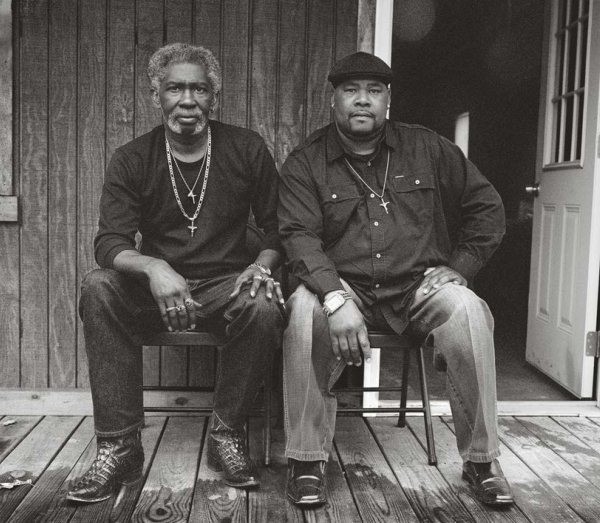 In her new book,
In her new book, 
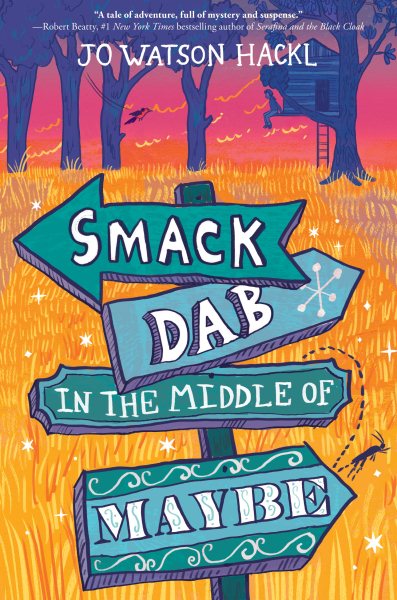 In
In 
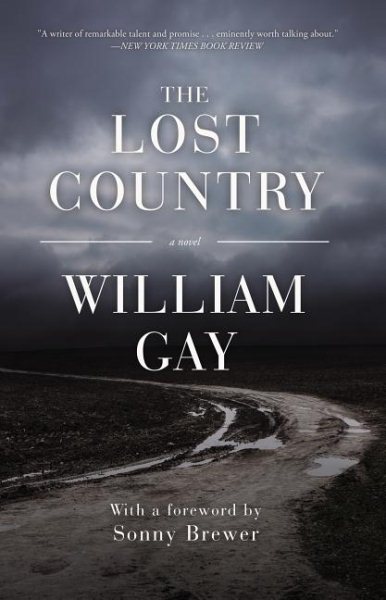 Fortunately for his fans, Gay’s longtime friend, editor, and road trip buddy, Sonny Brewer of Fairhope, Alabama, is taking the new book on tour himself.
Fortunately for his fans, Gay’s longtime friend, editor, and road trip buddy, Sonny Brewer of Fairhope, Alabama, is taking the new book on tour himself.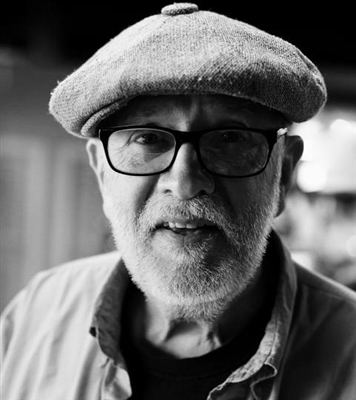
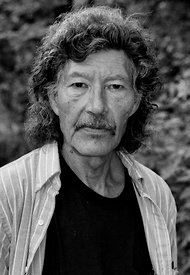
 In
In 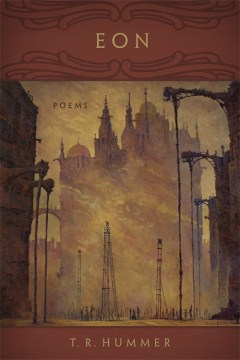 Hummer’s 2018 release are
Hummer’s 2018 release are 
 All three volumes in the trilogy have cover art by Michael Hutter–partly to provide visual unity among the three, but also because there is something about his work that, to my mind at least, suits the poetry perfectly. His painting is timeless, and yet it continually alludes to, and plays games with, tradition, both in terms of technique and of subject. It’s often very witty also–certainly the cover of Ephemeron has that quality, and of Skandalon also, through in a more muted way. The cover of Eon is the most somber of the three–appropriately, given the subject.
All three volumes in the trilogy have cover art by Michael Hutter–partly to provide visual unity among the three, but also because there is something about his work that, to my mind at least, suits the poetry perfectly. His painting is timeless, and yet it continually alludes to, and plays games with, tradition, both in terms of technique and of subject. It’s often very witty also–certainly the cover of Ephemeron has that quality, and of Skandalon also, through in a more muted way. The cover of Eon is the most somber of the three–appropriately, given the subject.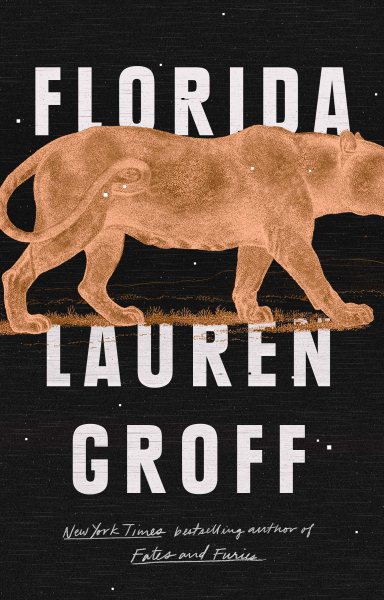 In
In 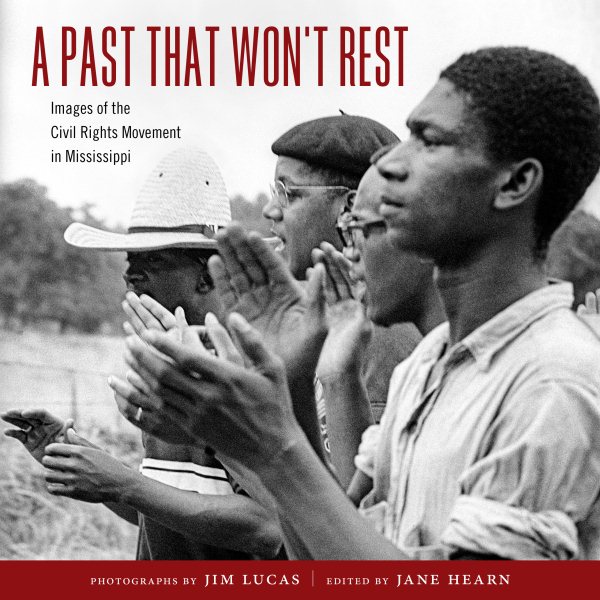 The University Press of Mississippi publication features more than 100 never-before-seen photographs taken by Lucas from 1964 to 1968 that focus on four Mississippi historic events, with a fifth chapter putting recent national episodes of activist violence into historical perspective. These chapters are bolstered with narratives contributed by Dr. Howard Ball, Peter Edelman, Aram Goudsouzian, Robert E. Luckett Jr., Ellen B. Meacham, and Stanley Nelson, with a foreword by Charles L. Overby.
The University Press of Mississippi publication features more than 100 never-before-seen photographs taken by Lucas from 1964 to 1968 that focus on four Mississippi historic events, with a fifth chapter putting recent national episodes of activist violence into historical perspective. These chapters are bolstered with narratives contributed by Dr. Howard Ball, Peter Edelman, Aram Goudsouzian, Robert E. Luckett Jr., Ellen B. Meacham, and Stanley Nelson, with a foreword by Charles L. Overby.
